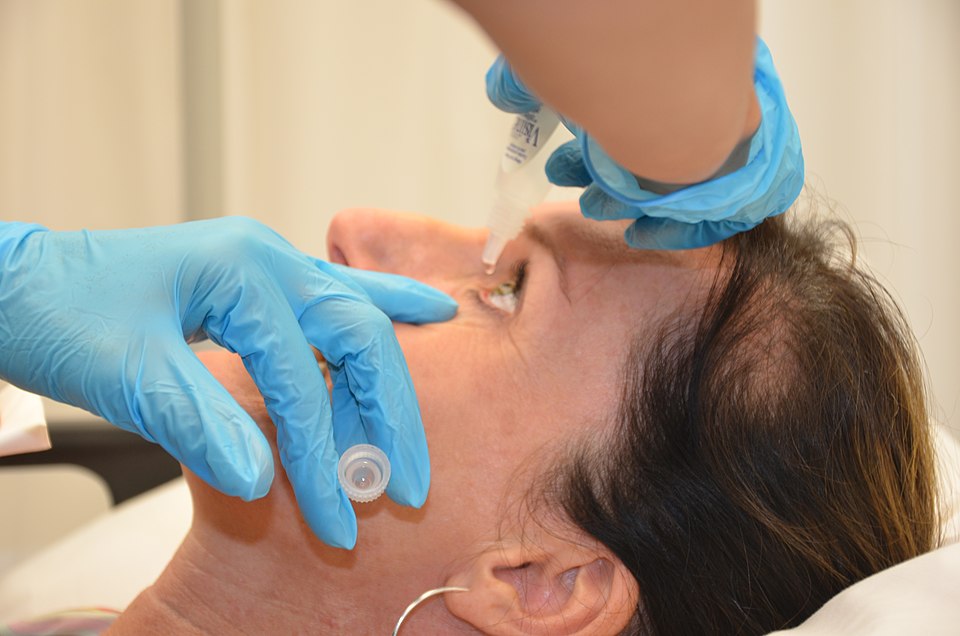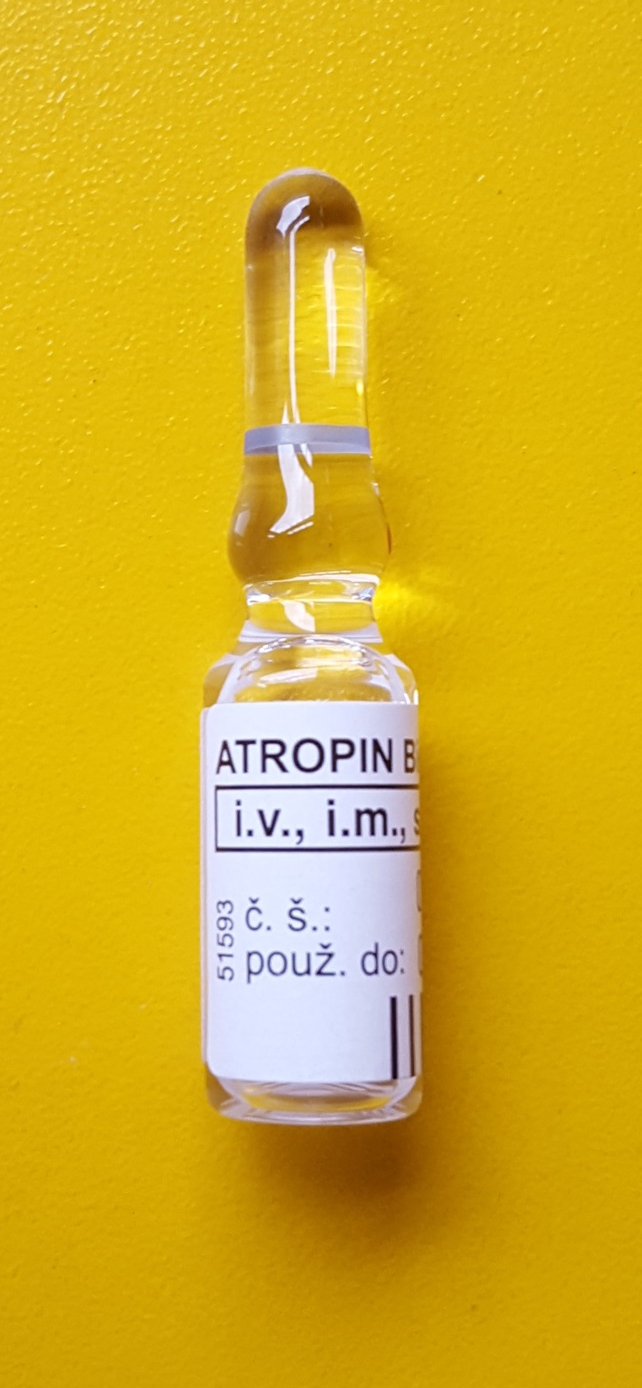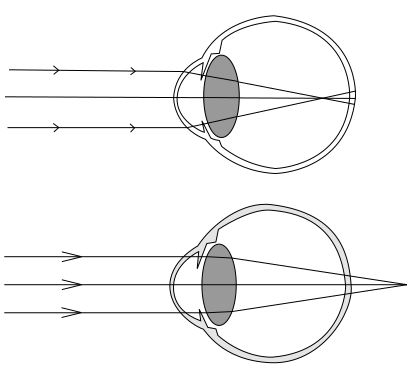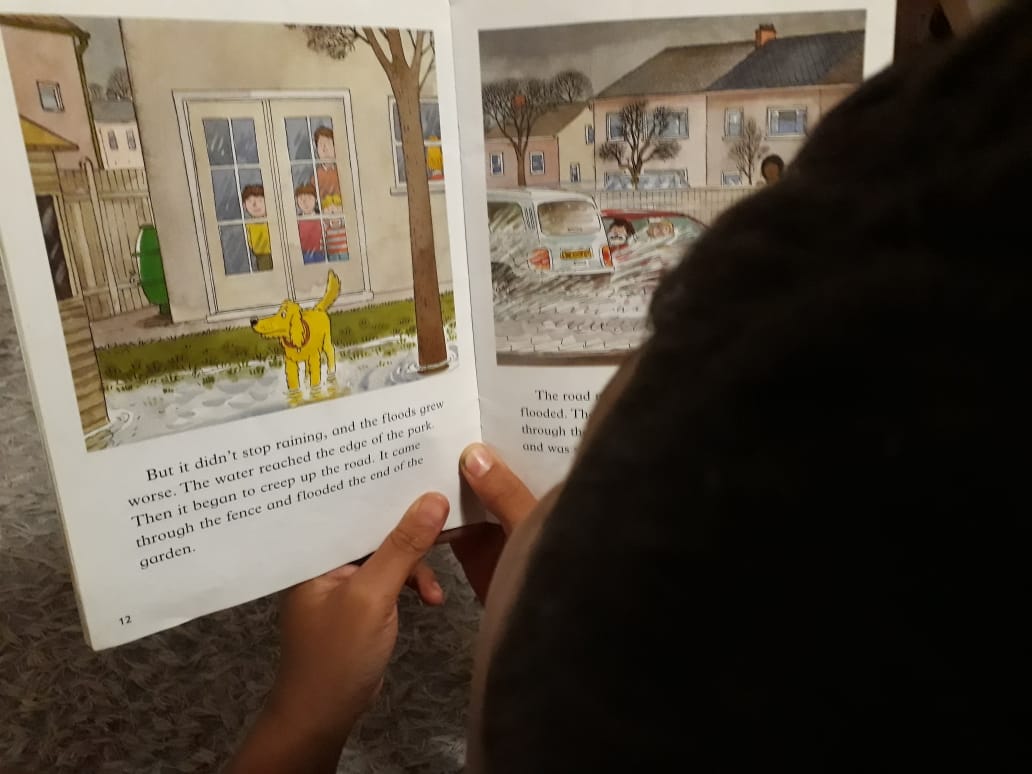Atropine Eye Drops for Myopia Control
also known as Low-Dose Atropine, Myopia Control Drops
Last updated August 31, 2025
Medical information on this page is for educational purposes only and is not a substitute for professional medical advice, diagnosis or treatment.
See our Terms & Conditions and Consent for Telemedicine for details.




Overview
Low-dose atropine eye drops are nightly prescription drops used to help slow how quickly a child’s nearsightedness (myopia) gets worse. The medicine acts on the focusing system and signals the eye to grow more slowly, which can reduce year-to-year prescription changes. Parents like that the drop is easy to use, usually well tolerated, and fits into a bedtime routine. Professional groups describe low-dose atropine as an effective option for many children with progressing myopia. 1
Large clinical trials also show that some very low concentrations, like 0.01%, may not be strong enough to help, which is why dosing matters. 2
How the Procedure Works & Options
What it is: Atropine is an antimuscarinic medicine used in eye care for decades. For myopia control, doctors prescribe low concentrations (commonly 0.05%, 0.025%, or 0.01%) prepared by a licensed compounding pharmacy. One drop in each eye at bedtime is typical. Over months, the drops can slow axial eye growth and prescription change. The effect is dose-dependent in trials, with 0.05% often showing the strongest balance of benefit and comfort. 3
Important label notes: Commercial 1% atropine is FDA-approved for other eye uses (e.g., dilation), not specifically for myopia control; low-dose use is off-label. Labels list precautions such as light sensitivity and avoiding use in people at risk for narrow-angle glaucoma unless supervised. 5 Because compounding is involved, your clinician will select a trusted sterile pharmacy and provide storage and shelf-life guidance.
Who Is a Candidate?
Best fit: Children roughly ages 4–17 with progressive myopia (e.g., getting stronger by about ≥0.50 D per year) and otherwise healthy eyes. Kids with a family history of high myopia or with early, fast changes often benefit most. A complete exam confirms corneal health, eye pressure, pupil reactions, and rules out conditions where atropine is not advised. 9
Research suggests that 0.05% provides the most consistent slowing, with 0.025% offering moderate effect and 0.01% showing little to no benefit in some studies. 4
Atropine Myopia-Control Score
Enter your details below to check your suitability for this treatment
Suitability Level
Recommendation
Cost and Price
How it’s supplied: Low-dose atropine is usually filled by a compounding pharmacy in 5–10 mL bottles, often lasting ~2–3 months with nightly dosing. In the U.S., typical cash prices are about $75–$120 per bottle; one example lists ~$95 for 10 mL (~90-day supply). 6
Because myopia control is off-label, insurance often does not cover the drops; ask your plan about exceptions. Many families use FSA/HSA funds for prescription eye medications, which can lower after-tax cost—see IRS Publication 502. 11
Smart budgeting tips:
- Request a written estimate (exam, axial-length measurements, medication, follow-ups).
- Ask about bottle size, beyond-use date (BUD), and storage; refrigerated bottles may last up to 90 days depending on the pharmacy.
- Compare local vs. mail-order compounders and confirm cold shipping if required.
- Set refill reminders so you don’t miss nightly doses.
Benefits and Limitations
Benefits: Randomized trials (LAMP) show that nightly low-dose atropine slows myopia progression and eye elongation in a dose-dependent way, with 0.05% generally performing best over three years and fewer lighting/reading side effects than historical high-dose drops. Meta-analyses also support overall effectiveness and safety in school-aged children.
Limits to know: 0.01% may not meaningfully slow myopia in many children, as shown in a U.S. randomized trial. 8 Benefits are greatest while drops are used consistently; stopping too early can allow faster progression to return, so your doctor will guide duration and any taper to reduce “rebound.” 7
Recovery and Long-Term Care
What your child may feel: Most kids see normally during the day. Some notice mild light sensitivity or slightly larger pupils in the morning, usually fading quickly—use sunglasses outdoors if needed. Rarely, a child may have near blur or headache at first; tell your clinician if this persists so the dose can be adjusted. 5
Follow-up: Expect checkups every 6–12 months for vision, prescription, and axial length. Plans often continue until eye growth slows (mid-teens), followed by a careful taper and monitoring for any rebound. Your doctor may also combine atropine with outdoor-time goals or optical methods based on age and progression. 7
Latest Research & Innovations
What studies show now: The LAMP program has followed children for multiple years and supports that 0.05% provides the strongest control among low doses, with guidance on when to continue, pause, or restart therapy. A network meta-analysis comparing many concentrations also ranks higher low-dose concentrations above very low ones for slowing eye growth. 12
Key nuance: Not all low doses are equal. The 0.01% U.S. trial did not beat placebo at two years, reminding families to pick a dose supported by stronger evidence and to individualize care. 8
Recently Published in Peer-Reviewed Journals
BMC ophthalmology
July 29, 2025
Critical factors to predict efficacy of orthokeratology in inhibiting axial elongation in myopic children.
Deng Y, Li X, Zhao M, et al.
JAMA ophthalmology
July 24, 2025
Interpreting Myopia Control Modalities in a 2-Year Trial.
Polling JR, Klaver CCW
BMC ophthalmology
July 24, 2025
Serous retinal detachment with retinal pigment epithelium tear after PreserFlo MicroShunt surgery: a case report.
Sadahide A, Harada Y, Sakaguchi H, et al.
Next Steps
If your child’s glasses get stronger each year, schedule a visit to discuss myopia control. A pediatric ophthalmologist or optometrist experienced in myopia management can confirm progression, measure axial length, and help choose a starting dose (often 0.05% or 0.025%) based on age, lifestyle, and side-effect tolerance. For plain-language background and FAQs, see the Academy’s patient page on atropine for myopia control. 7 To find a local Eye M.D., use the American Academy of Ophthalmology directory. 10